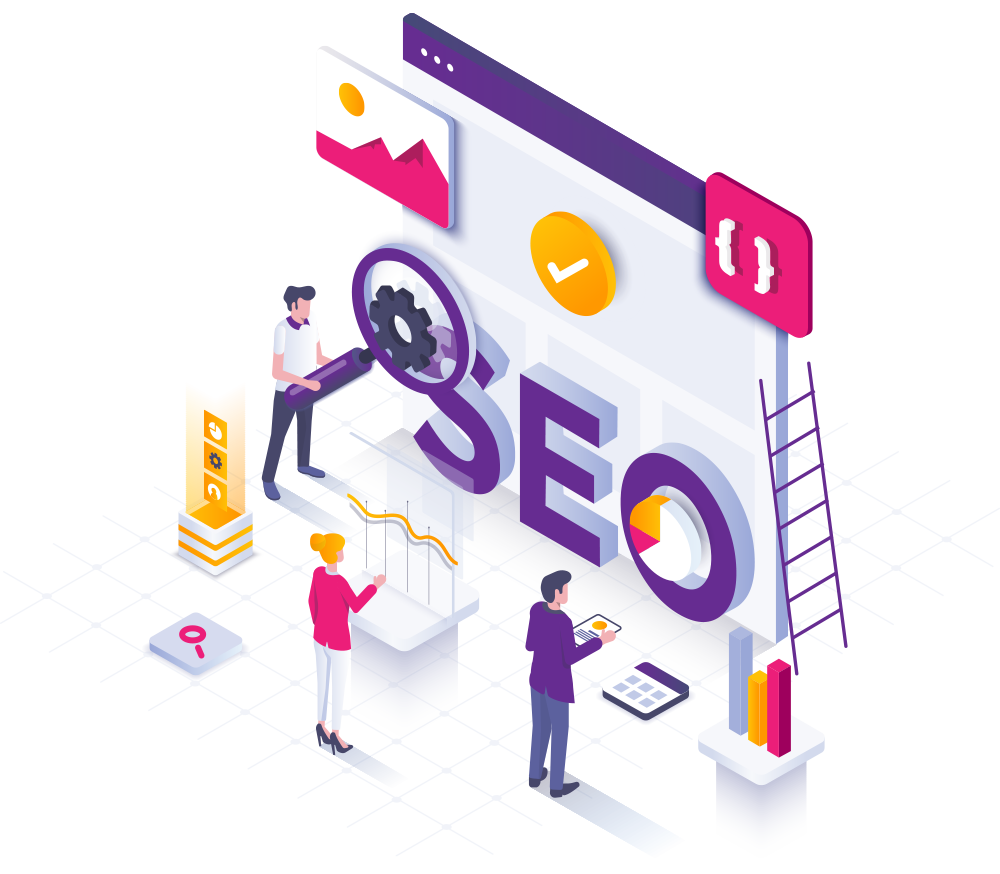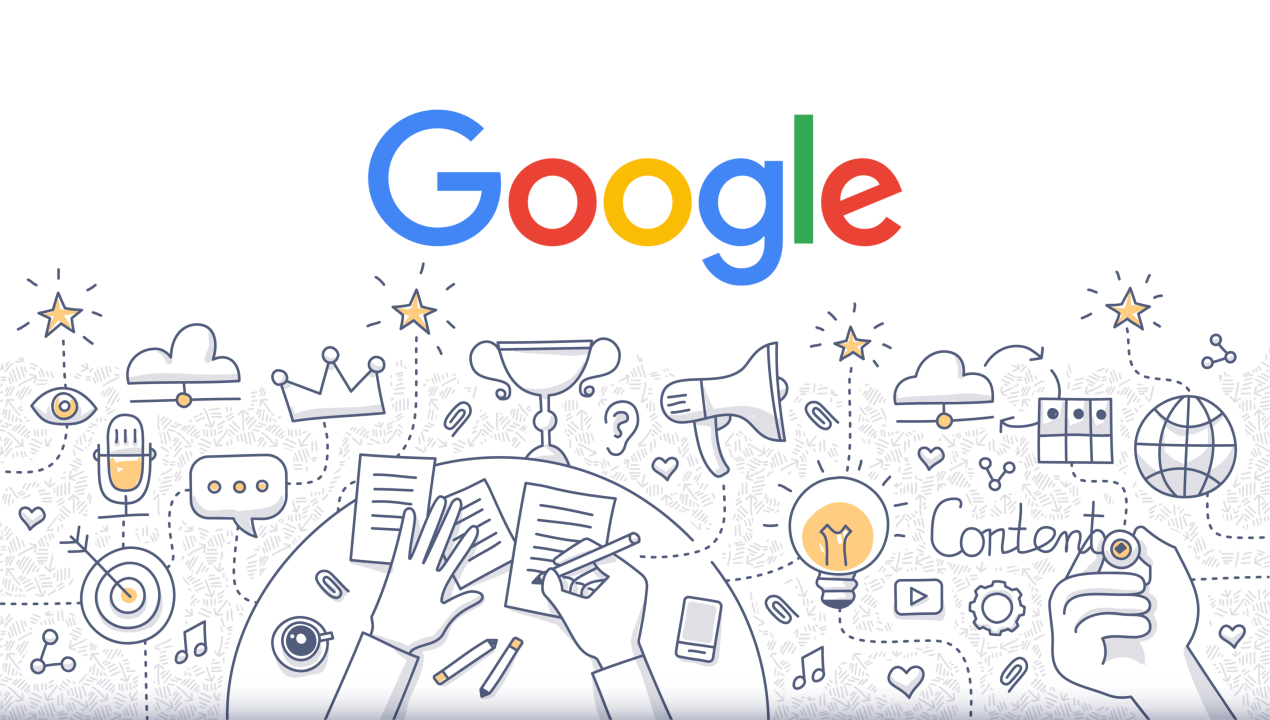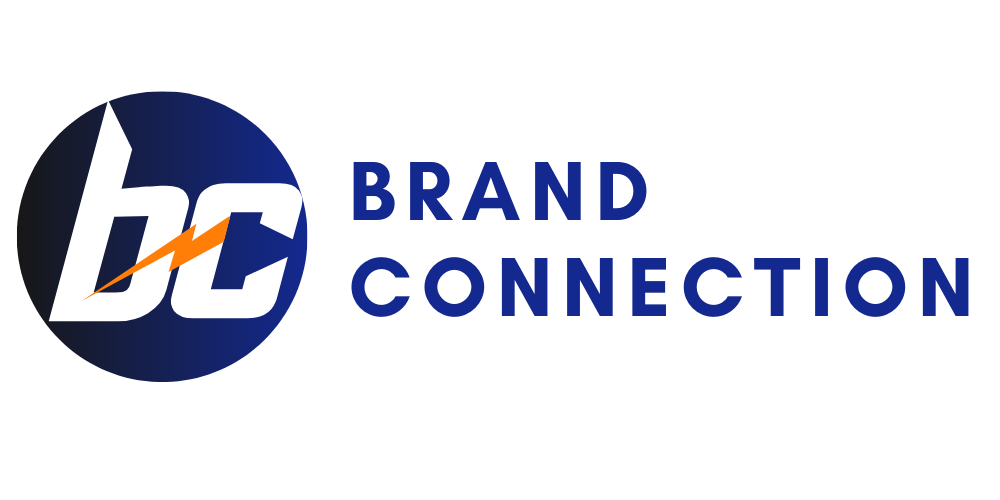Performance Marketing SEO & SEM
SEO (Search Engine Optimization) and SEM (Search Engine Marketing) are two key components of digital marketing aimed at improving a website’s visibility in search engine results pages (SERPs). Let’s break down each of these and then discuss their relationship to performance marketing.
Targeted Audience
Both attract specific traffic, aligning content with audience interests for conversions.
Continuous Optimization
Ensuring effective campaigns by adapting to continuous digital changes.
What is search engine optimization (SEO)?
Understanding search engine functionality is crucial, and that’s where search engine optimization (SEO) comes into play. SEO is the strategic process of optimizing your digital presence to align with search engine requirements, aiming for higher visibility on search engine results pages (SERPs).
Given that the majority of internet users rely on search engines for their information needs, securing a top position on SERPs is imperative. Research shows that most users tend to click on links within the first page of search results, making it essential for businesses to aim for top-ranking positions to maximize visibility and attract organic traffic. By prioritizing SEO strategies, businesses can enhance their online visibility, attract qualified leads, and ultimately drive conversions, making SEO an indispensable aspect of modern marketing strategies.

75% of searchers do not venture beyond the initial page of search outcomes.
Organic search accounts for 53.3% of total website traffic.
of online journeys commence with a search engine such as Google.

Benefits of SEO
Amplify Your Reach
SEO significantly boosts organic traffic, attracting users actively searching for your content through search engines, enhancing your website's visibility.
Trust Building Through SEO
SEO enhances trust and credibility by presenting your website's content without a sponsored tag, indicating its relevance and authority to users.
Unlocking Cost Efficiency
Over time, SEO proves cost-effective as it eliminates the need for paying per click, reducing marketing costs while maintaining consistent traffic flow.
Sustainable Growth Strategy
SEO's sustainability lies in its ability to maintain traffic growth even without regular updates, providing long-term benefits for your website's visibility and performance.
What we do
SEO Auditation
Technical SEO involves optimizing the technical aspects of a website to improve its search engine visibility. Technical SEO audits assess factors like website speed, mobile-friendliness, site structure, and indexability to identify areas for improvement and ensure optimal performance in search engine rankings.
Search Intent Research
Search intent research involves understanding the intent behind user searches to create content that meets their needs. By analyzing search queries, marketers can categorize intent into informational, navigational, transactional, or commercial investigation, tailoring content to match user intent and improve relevance in search results.
Link Building
Link building, is the process of acquiring backlinks from other websites to improve a site’s authority and search engine ranking. Quality backlinks from reputable sources signal to search engines that a website is trustworthy and relevant, positively impacting its visibility in search results.
Onsite Optimization
Onsite optimization focuses on optimizing various elements within a website to improve its search engine ranking. This includes optimizing meta tags, headings, content, and internal linking structure to make it more relevant and accessible to search engine crawlers, ultimately enhancing its visibility and ranking in search results.
What is Search engine marketing (SEM)?
SEM, or search engine marketing, is a digital strategy businesses employ to enhance online visibility, brand awareness, and website traffic by securing placements on search engine results pages (SERPs). Also referred to as paid search advertising, SEM enables advertisers to target customers actively searching for related products or services. Through paid placements, SEM ensures visibility to potential customers at the moment of search query, maximizing opportunities for engagement and conversion. Unlike other online ads, SEM allows businesses to capture customers’ attention precisely when they express interest in relevant offerings, increasing the likelihood of achieving marketing goals.


Why choose SEM?
Instant Outcome Delivery
Unlike SEO, SEM provides immediate results. Ads are visible upon approval, accelerating visibility and potentially securing top SERP positions, driving website traffic and sales promptly.
Precision Targeting
SEM enables precise ad targeting based on location, interests, and past behavior. Advertisers can tailor campaigns globally, ensuring relevance for diverse audiences and maximizing engagement.
Cost-Effective Engagement
SEM operates on a pay-per-click model, ensuring budget efficiency. Advertisers pay only when users interact with ads, avoiding fixed costs associated with traditional advertising.
Data-Driven Optimization
SEM provides actionable insights through analytics, tracking impressions, clicks, and keyword performance. This data empowers informed decision-making, optimizing ad performance.
What we do
Google Search Ads
Elevate your business to the top of search results, ensuring prime visibility over organic listings. Target audiences actively seeking your products or services, maximizing relevance and engagement for increased conversions.
Google Display Ads
Leverage Google Display Network’s extensive reach to connect with over 90% of global internet users. Tailor display ads to specific demographics, interests, and preferred websites or apps, optimizing targeting precision and audience engagement.
Google Shopping Ads
Revamp your Google Shopping campaigns with personalized strategies designed to enhance eCommerce revenue sustainably. Utilize advanced audience segmentation and intent-based bidding to drive profitable results and maximize ROI.
An A/B test of Google Ads
An A/B test of Google Ads involves comparing two versions of an ad to determine which performs better in achieving specific goals, such as clicks, conversions, or engagement. One version, the control (A), remains unchanged, while the other, the variant (B), incorporates a single difference, such as a different headline, image, or call-to-action.
Get your free SEO/SEM Plan
© 2025. Website built with Brandconnection.

